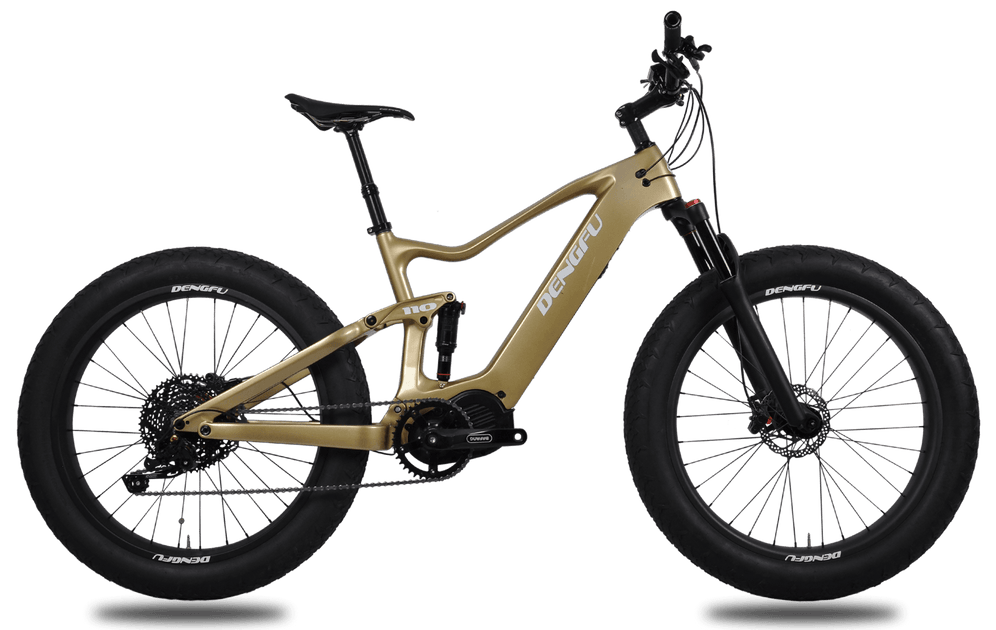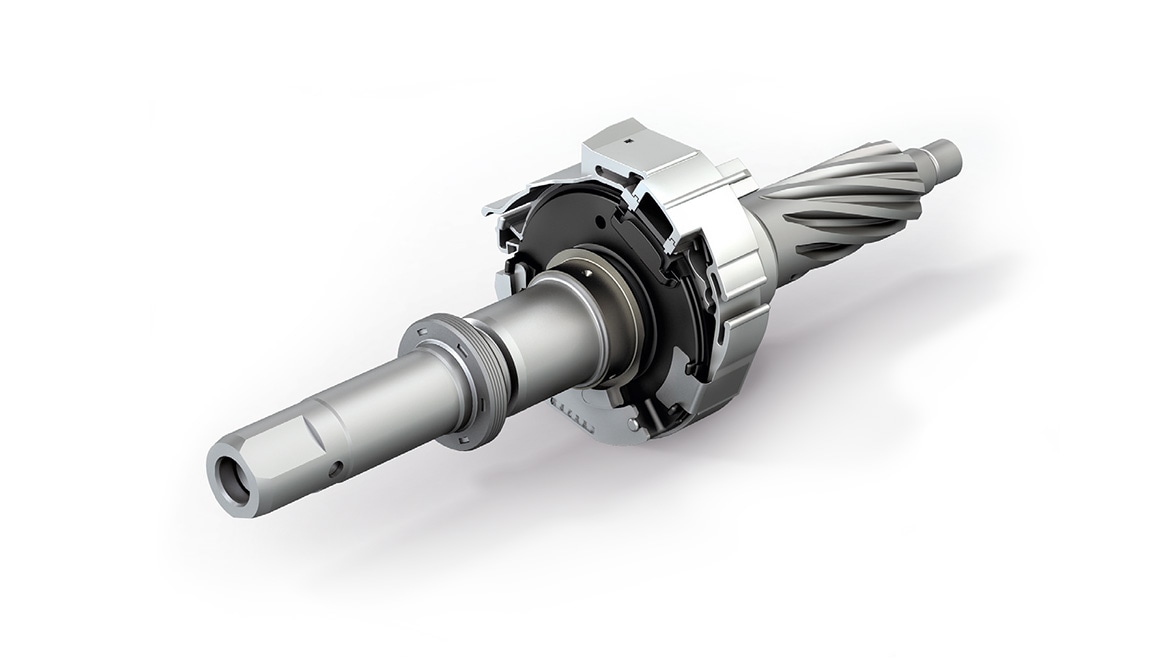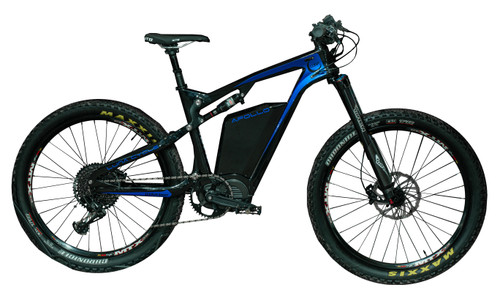There are much nuanced details for sure. The way Bosch sensor reads changes in the torque is different than Brose.
Here is a great technical write-up regarding the motor and sensor construction of Bosch.
Here, I share technical solutions that arised during the development of my solar-bike.

www.avdweb.nl
Here is the circuit board for Bosch:
View attachment 44411
Here is the circuit board for Brose.
View attachment 44410
As you can see, the circuits boards are different for Bosch and Brose.
Very different sensors, circuitry even though both are similar spec E-bike motors.
The following a diagram for a torque sensor used in Bosch steering systems for cars. I think they use a different system for E-bikes but what I was trying to convey is that, not every sensor is made equal.
The torque sensor in the electric power steering system measures the torque the driver applies to the steering wheel.

www.bosch-mobility-solutions.com
View attachment 44409






